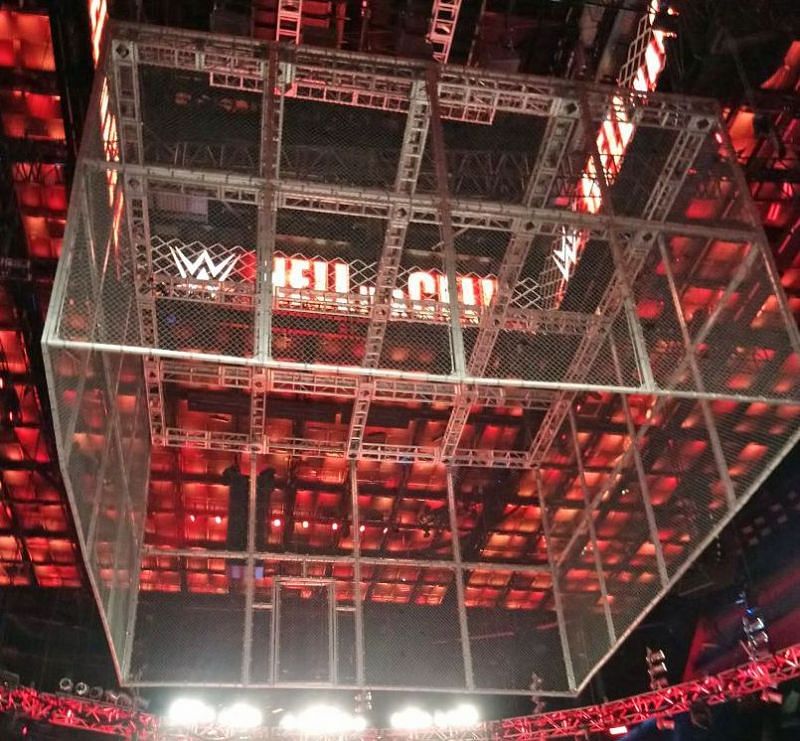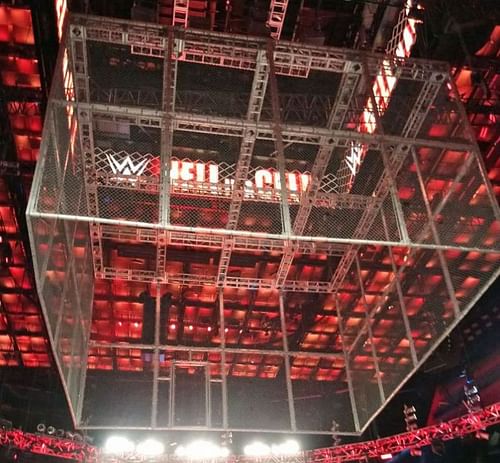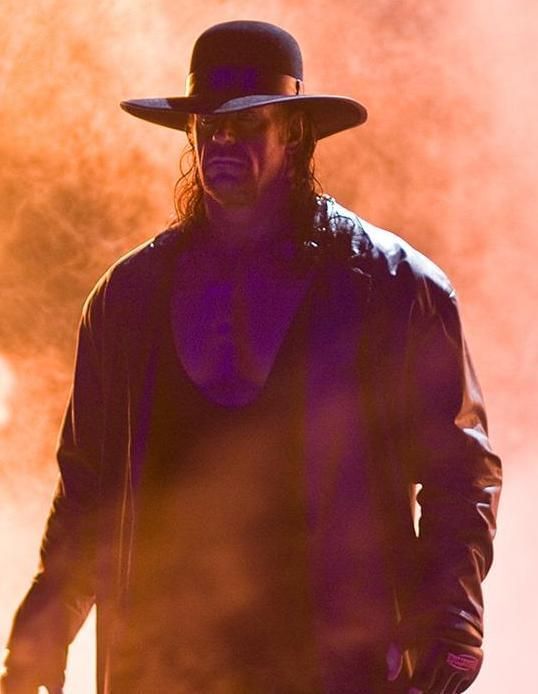
The Ingredients for a Great Hell in a Cell Match

It started in 1997 when Shawn Michaels and The Undertaker needed the ultimate blow-off for their intense and thoroughly hate-filled rivalry. From there, it became more-or-less an annual spectacle, used on pay-per-view when two rivals had to settle their issues once and for all. In recent years, Hell in a Cell has disappointingly become a yearly network special, which makes logical sense from a marketing, scheduling and promotion standpoint, but nonetheless takes away the surprise and shock value that once came with the announcement of WWE’s most infamous match.
A great Hell in a Cell match begins with a valid reason for having two superstars compete inside the structure. Such a reason could be the prevention of interference from one of the wrestler’s associates. Another valid reason is the desire on the part of one or both competitors to seek retribution and have the feud culminate once and for all. When both reasons exist, the anticipation can be off the page.

Such was the case for the initial Hell in a Cell, which remains the standard-bearer for the match type. At the time, HBK was beginning to associate with Hunter Hearst Helmsley, Chyna, and his “Insurance Policy”, Rick Rude. They had been known to interfere in matches, and so the steel structure, which unlike a traditional cage extended beyond the ring apron to the fan barricade, and also had a roof, was designed to ensure the group that would go on to become known as D-Generation X would be unable to get involved.
As for the feud between the Deadman and the Showstopper, it was built from the very beginning on retribution and was begging for culmination in the form of Undertaker finally getting revenge on the man who, with a vile, cold-blooded chair shot, cost the Deadman the WWF title. In short, this match needed to be contested inside the unforgiving confines of the cell.
Contrast this with the Hell in a Cell match between Randy Orton and Sheamus in 2010. The basic premise for why these two were locked inside the cell was: Orton had defeated Sheamus to win the title the month before, and the next month, wouldn’t you know it, the Hell in a Cell pay per view was scheduled to happen. This resulted in a glaring lack of intensity in the contest.
As for the match itself, good cell matches generally tend to be those where the competitors have a clear picture heading into the bout of how they want things to go. The wrestlers should know from the outset if this is going to be a complete spot-fest (such as Mankind vs Undertaker from 1998) or a vicious brawl contested entirely inside the ring (like Batista vs Triple H from 2005). When wrestlers try to dabble with both styles, the results are often lackluster. Shane McMahon and the Undertaker were victims of this mistake at WrestleMania 32. They seemed unsure about how they wanted the match to go, and the result was several plodding spots inside the cell, including a contrived exit to get both men outside of it. Even the big bump, where Shane leaped off the cell to deliver an elbow drop, only for the Undertaker to roll off the announcer’s table and out of harm’s way, was underwhelming, as a very large and visible crash mat made it quite apparent that Shane’s leap of faith was highly choreographed, and had minimal risk.
Another important consideration is match length. Given the audience’s expectations for stiff brawling, weapon usage, blood, and all things violent, wrestlers would serve wise to realize such brutality can’t last much longer than the 30-minute mark. Undertaker and Edge brought the tables, ladders, and chairs into their Summerslam ‘08 cell match, and were able to keep their brutal brawl going for just under 27 minutes. At Armageddon 2000, a six-man Hell in a Cell saw main eventers like The Rock, Stone Cold, and Kurt Angle cut a damn impressive pace, one that they were remarkably able to maintain for over 30 minutes.
Wrestlers who pursue cell matches much longer than this 30-minute mark tend to find themselves at a loss for how to maintain the intensity, and fast pace, all while keeping the crowd engaged. Shawn Michaels and Triple H went a staggering 47:26 in their June 2004 Hell in a Cell encounter, and the result was a dead crowd and a match far below the level of quality seen in a number of classic bouts between these two.
Hopefully, Randy Orton, Jeff Hardy, Braun Strowman, and Roman Reigns have been doing their homework--watching the tape and seeing what works, and what doesn’t. Both matches have had solid booking heading into them, and barring anything unexpected, they should both be able to deliver inside the cell.